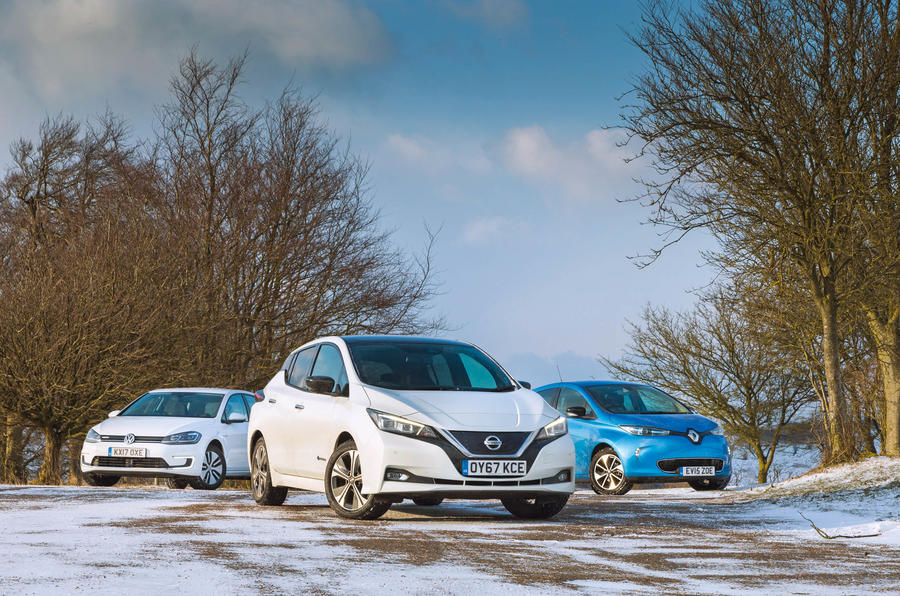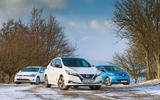We can assure you the irony of this opening gambit is not lost on us but, from the media attention Tesla receives, you might think it was the sole purveyor of electric cars.
Perhaps we shouldn’t be too surprised. After all, when you have an outspoken, entrepreneurial polymath in the form of Elon Musk at the helm and your family saloon can reach 60mph faster than a Lamborghini, people are going to notice. Similarly, when you launch an example of your old whisper-quiet roadster into the silence of space, people are going to jabber. And if you can also promise nearly 400 miles of driving range between battery charges, they’re going to queue around the block.
The kicker? Simple: a Model S saloon costs £80,000 and, while a smaller, more mainstream Model 3 with an asking price less than half that is incoming, production troubles in the US mean it won’t cross the Atlantic until next year. Today we put Tesla to one side, then, and assess what the more accessible options might be for those who feel now might be time to kick the hydrocarbon habit.

Which brings us to the charging bays at a snowy Beaconsfield services, a sprawling autotropolis at junction two of the M40, with three electric cars you could buy tomorrow and would cost considerably less than a you-know-what. It is cold – hideously so – and during the 30-mile hop from Autocar’s road-test base in south-west London our cars have somewhat worryingly shed 60 miles of indicated range. That’s a bit of a reality check, straightaway.
In fact, with none of our three contenders benefiting from active thermal battery management to stave off the chill and so safeguard their independence, the timing for this test could only have been worse for the manufacturers involved if South Bucks had all of a sudden been hit by an electricity brownout. Such foul weather is, however, rather convenient for the rest of us because we get to judge these cars some way out of their respective comfort zones.


















































Join the debate
Add your comment
Back in the real world...
This review simply confirmed that for many of us the cars tested here are completely unsuitable compared to an ICE. I recently drove back from Wales to Norfolk on a cold, wet night, a distance of 380 miles. It would appear that in such conditions multiple stops for recharging would be required, each one taking about an hour, massively increasing the journey time, quite apart from the anxiety around finding charging points at appropriate intervals in the middle of the night.
£59 a month?
That has to be a joke, right?
You buy a Renault Zoe, then they expect you to RENT a battery for £59 a month. Then you have to pay to charge it up as well!
About £50 a month is enough to refuel my Skoda Octavia VRS Tdi, which will give me enough fuel for nearly 500 miles (not massive for a diesel, I know, but the fuel tank isn’t exactly huge). If I run out of fuel I can easily pop into a petrol station and refuel in about 10 minutes, and still have something that is far nicer to drive than any of these three.
I’m not seeing any incentive to get an electric car here.
I cannot imagine a more
At least they don't pretend otherwise.